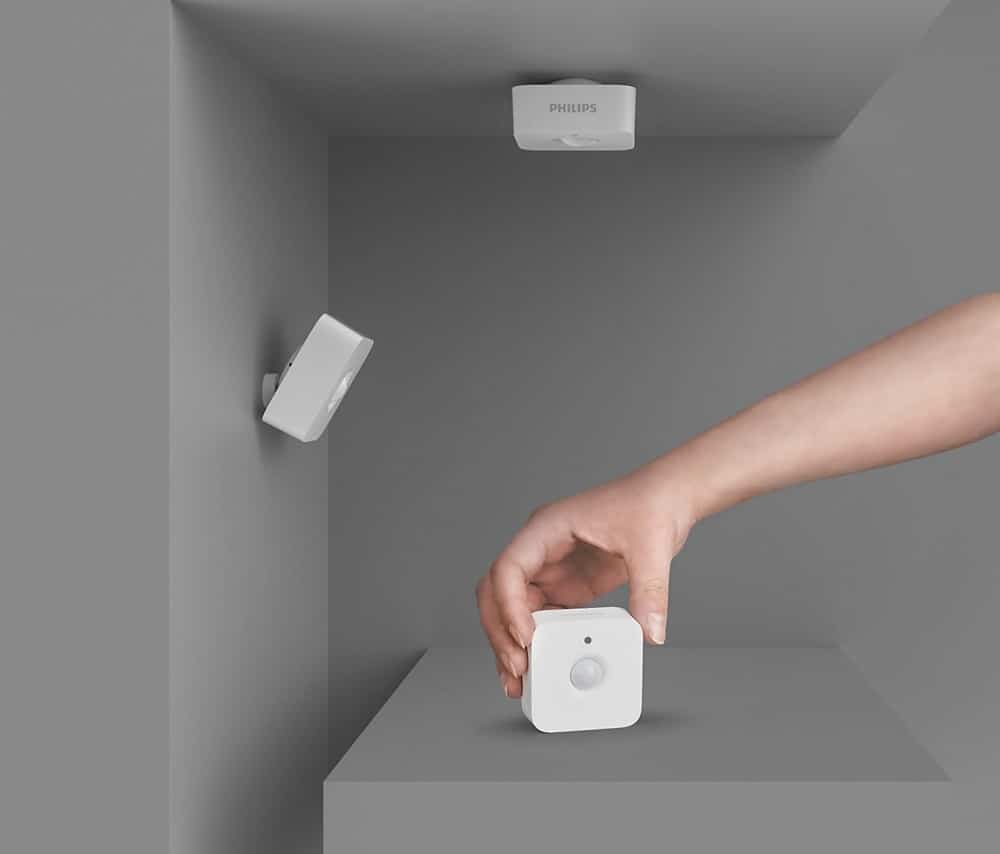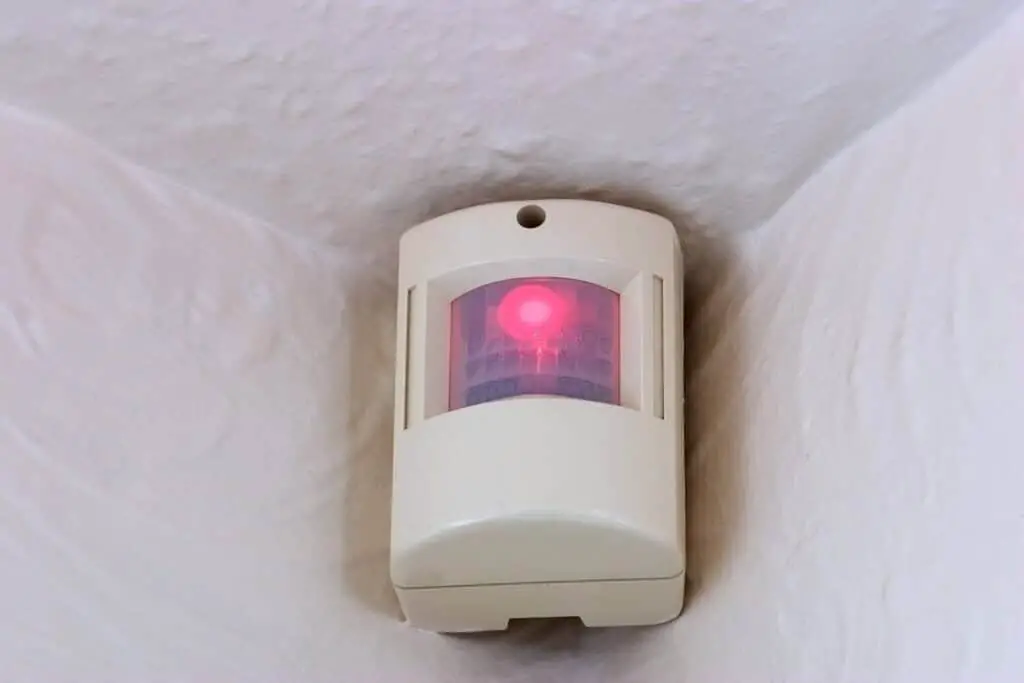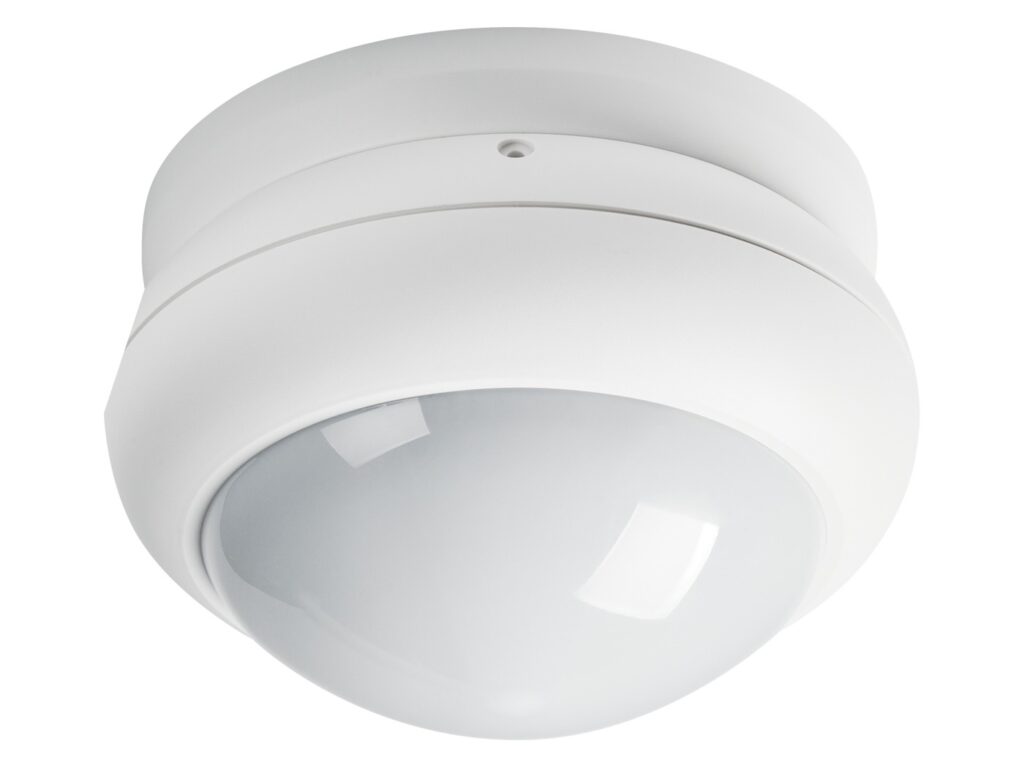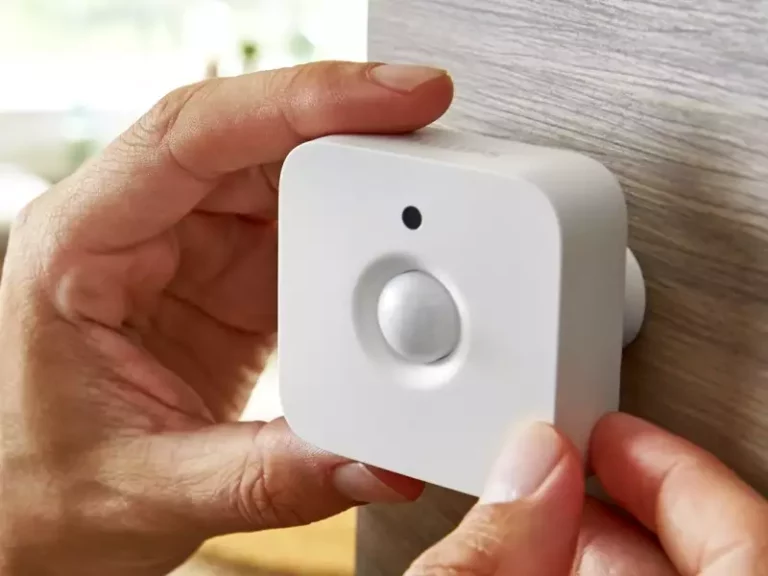Introduction
How To Keep Motion Sensor Light On In Office: Motion sensor lights are a convenient and energy-efficient way to illuminate various spaces, including offices. They automatically detect movement and provide instant lighting, ensuring safety and efficiency. However, there are instances when you may require the motion sensor light to remain on continuously in an office setting. Whether you need consistent lighting for presentations, late-night work, or simply prefer a constant light source, understanding how to keep the motion sensor light on in an office is crucial.
Motion sensor lights are a popular choice for offices as they offer both convenience and energy efficiency. These lights automatically turn on when they detect movement, providing illumination when needed and saving energy when the space is unoccupied. However, there are situations where you might need the motion sensor light to remain on continuously in an office setting. Whether you’re hosting a presentation, working late, or simply prefer consistent lighting, knowing how to keep the motion sensor light on can be invaluable.
Techniques that will enable you to override or adjust motion sensor lights to maintain a continuous illumination in your office. By following these steps, you can customize your lighting environment to suit your specific needs while still benefiting from the energy-saving features of motion sensor technology.

Why does my office motion sensor light keep turning off?
The most direct reason for a motion sensor light turning off is that it is no longer detecting any motion within its sensor zone. If the motion sensor light can turn on just fine when you are in the room, it means the motion sensor is functioning well and not being faulty.
Sensor Range and Placement: Motion sensor lights have a specific range within which they can detect motion.If the monitor is too far from the main area of activity or is blocked by things, it might not be able to pick up on movement well. Check where the sensor is placed and move it if needed to get the best range.
Sensor Sensitivity: Motion sensors come with adjustable sensitivity settings that determine how easily they detect motion. If the sensitivity is set too low, the sensor may not register slight movements, resulting in the light turning off prematurely. Check the sensitivity settings and increase them if needed to ensure reliable motion detection.
Ambient Lighting Interference: Certain motion sensor lights are designed to work in conjunction with ambient lighting conditions. If the office has bright, natural light or other strong light sources, it can interfere with the sensor’s ability to detect motion accurately. Adjust the sensor’s settings or consider using a different type of motion sensor light that is less sensitive to ambient lighting.
Power Supply Issues: Insufficient or unstable power supply can also cause motion sensor lights to malfunction. Check the power source and connections to ensure they are secure and providing adequate power to the light. Additionally, consider replacing the batteries if the motion sensor light is battery-operated.
Do motion sensor lights stay on?
Your motion sensor light stays on. These lights are designed to go off after movement has ceased, generally within 30 to 60 seconds. If your motion sensor light won’t go off or stays on for long periods of time, it may require a reset.
Motion sensors’ sensitivity ratings affect how well they detect motion. With low sensitivity, the light may not activate consistently, looking off. High-sensitivity lights can activate even with minor movement, resulting in repeated and wasteful activations.
As long as the sensor’s field of view is moving, the light will stay on until the given time. Some motion sensor lights have workarounds for hand-activated, long-term use. This is helpful when you require strong lighting continuously, such when giving a talk or working late. Turning on the override via a switch or steps overrides the motion sensor’s default functionality.
Why is there a motion sensor in my office?
Office sensors help companies improve the overall efficiency of spaces and processes by capturing and measuring usage and occupancy data such as the number of people in a given room, how much time workers spend at their desks, and how frequently employees pass through spaces.
In larger offices with unoccupied lights on for long periods, these savings can build up. Motion sensors help businesses save money and go green.
Using motion sensors is in line with methods that are good for the environment. Motion sensors in buildings help reduce carbon emissions and promote sustainability by cutting down on energy use. This is very important in this day and age, when environmental issues are becoming more and more important.
So you don’t have to flip switches, lights will turn on automatically when someone enters a room. This ensures adequate lighting and reduces the risk of accidents and injury.
Workers need good illumination for comfort and efficiency. Motion monitors illuminate work environments, making them useful for productivity, collaboration, and focus. Automatic lighting saves workers time because they don’t have to find buttons or remember to turn them on and off. This improves work focus.
How do you trick a motion sensor?
Use a Security Light
For outdoor motion sensors, a useful trick is to place a security light above or near the sensor. This gives the impression that someone is outside and causes the sensor to stay on for a longer duration. It can be particularly helpful if you leave your backdoor open at night
Covering the Sensor: Placing a physical object in front of the motion sensor can potentially block its field of view and prevent it from detecting motion. This technique, however, is temporary and not a reliable long-term solution.
Reducing Sensitivity: Some motion sensors have adjustable sensitivity settings. By lowering the sensitivity, the sensor may become less responsive to subtle movements, effectively extending the time it takes to trigger the sensor. However, this may also result in a diminished ability to detect genuine movement.
Rapid Movement: Some motion sensors have a specific threshold for activation. By quickly and forcefully moving within the sensor’s range, it may be possible to trigger the sensor without normal, natural movement. This technique is not reliable and may not work with all types of motion sensors.
Using Heat Sources: Some motion sensors are designed to detect infrared heat signatures emitted by humans and animals. By utilizing a heat source, such as a hairdryer or heat pack, it is possible to temporarily fool the sensor into detecting movement. However, this method may have limited success and is not a recommended or practical solution.

What blocks motion sensors?
A simple silicone spray will blind the sensor, and is invisible to the naked eye. It leaves a trace, but it might not be discovered until much later, if at all. Alternatively, you could place glass in front of the sensor when it was off, which would do the same thing.
Physical Obstacles: Solid objects such as walls, doors, curtains, or furniture can obstruct the field of view of motion sensors. If these objects are positioned between the sensor and the area where movement is expected, they can significantly reduce or block the sensor’s ability to detect motion.
Glass and Windows: Motion sensors that use infrared technology may have difficulty detecting movement through glass surfaces. Glass can reflect or absorb infrared radiation, affecting the sensor’s ability to detect heat signatures from the other side. However, some modern motion sensors are designed to account for this and can still function effectively through glass.
Distance and Range: Motion sensors have a specified range within which they can detect movement. If the person or object is too far away from the sensor, it may not register the motion. Similarly, if the motion occurs outside the designated range, the sensor will not be triggered. Understanding the range of your motion sensor is essential for optimal functionality.
Temperature Extremes: Drastic temperature changes can sometimes affect the performance of motion sensors. For instance, extreme heat or cold near the sensor’s lens can cause false triggers or prevent accurate detection. It’s essential to ensure the sensor is installed in an appropriate environment that avoids extreme temperature fluctuations.
What activates a motion sensor light?
Heat Detection Sensors
Some motion detection technology utilizes sensors to detect heat differences. If the sensor detects a sudden change in temperature, like, say, a body, crossing in front of it, the lights will flip on.
Heat Signatures: Infrared-based motion sensors detect heat signatures emitted by living beings, including humans and animals. The sensor recognizes the difference in temperature between the moving object and the background and activates the light accordingly. This makes infrared motion sensors effective at detecting movement even in low light conditions.
Changes in Microwave Reflection: Some motion sensor lights use microwave technology. They emit microwave signals and analyze the reflections to detect movement. When an object, including a person or an animal, moves within the sensor’s range, it alters the microwave reflections, triggering the light to turn on.
Ultrasonic Waves: Ultrasonic motion sensors emit high-frequency sound waves that bounce off objects in their coverage area. When an object moves and causes a disturbance in the reflected waves, the motion sensor detects the change and activates the light. Ultrasonic sensors are particularly effective at detecting motion around corners or through obstacles.
Light Level Changes: Certain motion sensor lights are equipped with a light-level sensor, also known as a photocell. These sensors can detect changes in ambient light levels. Motion sensor lights may trigger when the light level drops below a specified threshold, signifying a change from daylight to darkness or dimly lighted surroundings.
How do you use a motion sensor light?
As we mentioned before, a motion sensor light is turned on by the motion sensor. That usually means that the light will automatically turn on as soon as this sensor (also called an occupancy sensor) notices you. There may also be a mechanism to turn the light on manually, but not always.
Power Connection: Motion sensor lights can be powered by electricity or batteries, depending on the model. For hardwired lights, connect the wires according to the manufacturer’s instructions, ensuring proper grounding and following electrical safety guidelines. If the light is battery-powered, insert the required batteries following the recommended polarity.
Adjusting Settings: Many motion sensor lights have adjustable settings to customize their behavior. These settings often include the sensitivity level, time delay, and sometimes the detection range. Refer to the product manual to understand how to access and adjust these settings. Set the sensitivity to a level that detects the desired range of motion without being triggered by false alarms, such as small animals or foliage movement.
Testing and Fine-Tuning: After installation and setting adjustments, test the motion sensor light to ensure it functions as intended. Walk or move within the sensor’s range to observe if the light activates and if the duration of illumination is suitable for your needs. If necessary, make further adjustments to the settings until you are satisfied with the light’s response.
Can motion sensors work through walls?
Tomographic motion detectors sense disturbances to radio waves as they pass from node to node of a mesh network. They can detect motion over large areas entirely because they can sense through walls and other obstructions.
Infrared-based motion sensors detect heat signatures emitted by humans, animals, or objects. These sensors rely on the movement of heat within their range to trigger activation. However, solid walls, especially those made of dense materials like concrete or brick, can block the infrared radiation and prevent it from reaching the sensor. As a result, the sensor may not detect motion occurring on the other side of the wall.
Microwave-based motion sensors emit microwave signals and analyze the reflections to detect movement. While microwave signals can pass through walls to some extent, the detection capability may be reduced or distorted depending on the material and thickness of the wall. Walls made of metal or dense materials may significantly impede the microwave signals, limiting the sensor’s effectiveness.
Ultrasonic motion monitors send out high-frequency sound waves that hit things in their path. Some of these sound waves can get through walls, but how well they work relies on how dense and thick the walls are. Ultrasonic waves can be absorbed or reflected by thick walls or walls made of dense materials. This makes it harder or impossible to spot motion.
Motion sensors work best when they have a clear line of sight or are close to the object they are tracking. They may be able to sense some movement through some types of walls, but not very well. Barriers like walls can cut down on the sensor’s range and sensitivity.

Conclusion
Motion sensor lights provide a convenient and energy-efficient lighting solution for offices. However, there are occasions when keeping the motion sensor light on continuously becomes necessary. Throughout this guide, we have explored different methods to override or adjust motion sensor lights to meet this requirement. By following the techniques discussed, you can customize the lighting in your office space and ensure a constant source of illumination when needed.
Whether it’s for presentations, working late, or personal preference, understanding how to keep motion sensor lights on empowers you to create a productive and comfortable working environment. Remember to consider the specific features and settings of your block motion sensor light system. Some may have built-in options to adjust the duration of light activation or sensitivity to motion. Others may require manual adjustments, such as covering the sensor or disabling it temporarily.
It is important to strike a balance between energy efficiency and meeting your lighting needs. While keeping motion sensor lights on continuously may result in higher energy consumption, implementing these techniques selectively and being mindful of power usage can help maintain efficiency.

